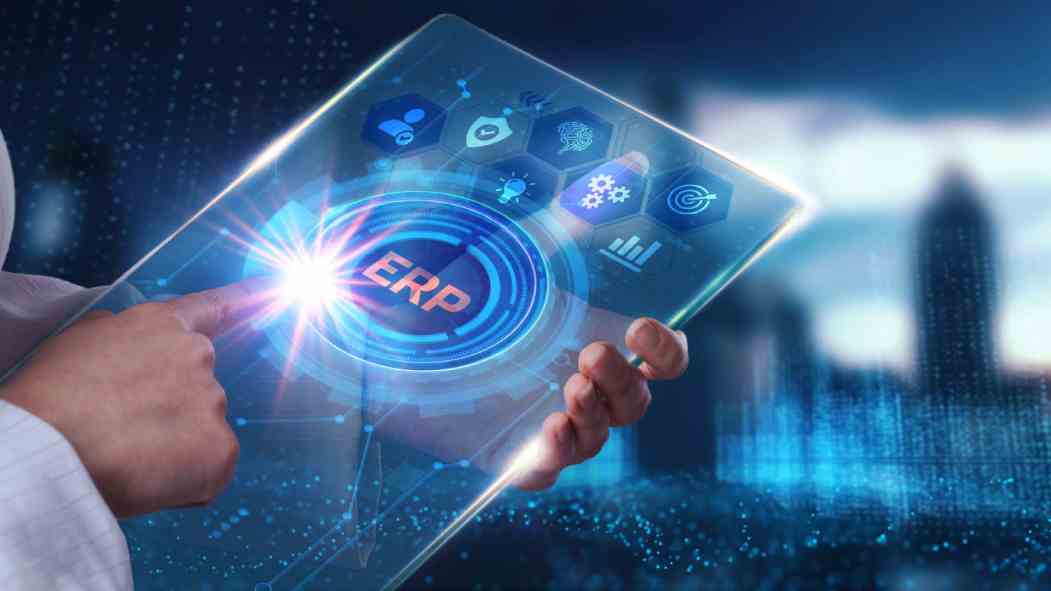As a former CIO and current Advisor who has both remediated and successfully implemented Enterprise Resource Planning (ERP) solutions, I am seeing a new push of companies looking to move from their legacy platforms. There are several reasons: from mitigating risks associated with an aging workforce, taking advantage of the new AI technologies, regulatory or partner compliance and a number of others. The challenge that I am seeing is the readiness of an organization to take on a project like this. The good news is that there are several alternative pathways for companies to move off of their legacy technology in a way that minimizes execution and business risk. In my post below, I highlight some alternatives to a full-blown ERP implementation for consideration.
For many organizations entrenched in the use of legacy systems (If your system is > 10 years old it is probably legacy, if you are out of your support window you are definitely legacy) —be it in banking, manufacturing, government, or any sector with deep historical roots—the thought of modernization brings both a sense of urgency and a wave of apprehension (or downright fear). The complexity, cost, and disruption associated with fully implementing an Enterprise Resource Planning (ERP) solution can be daunting. However, the evolving landscape of technology offers alternative paths to modernization that are worth exploring for the organizations seeking to modernize their legacy applications and infrastructure.
The Challenge of Legacy Systems
Legacy systems, often cumbersome and outdated, are the backbone of many organizations. They carry the burden of decades-old data and processes that, while inefficient, are critical to daily operations. The challenge lies not only in the systems’ operational inefficiencies but also in their maintenance costs and the growing gap they create in an organization’s ability to innovate and compete.
The ERP Temptation
ERP systems promise an all-encompassing solution—a unified platform that integrates all facets of an organization’s operations. However, the reality of ERP implementations can be starkly different: high costs, long timelines, significant business disruption, and, in some cases, a failure to meet the organization’s unique needs.
Alternative Paths to Modernization
Fortunately, the rise of AI and other technologies offers several alternative strategies for modernizing legacy systems without the full-scale ERP overhaul:
1.Incremental Integration with AI and Machine Learning
AI and machine learning can breathe new life into legacy systems by incrementally integrating intelligent functionalities. This approach allows organizations to automate repetitive tasks, enhance data analysis, and improve decision-making processes without replacing the entire infrastructure.
Benefits: Reduced risk and cost, minimized disruption, and the ability to target specific areas for improvement.
Example: Using AI to enhance customer service by integrating chatbots with existing customer management systems.
2.Microservices Architecture
Microservices involve breaking down an application into smaller, loosely coupled services that communicate over well-defined APIs. This architecture allows organizations to update or replace parts of their systems without overhauling everything.
Benefits: Flexibility, scalability, and the ability to deploy updates more quickly and reliably.
Example: Replacing a monolithic inventory management system with a set of microservices that handle different aspects of inventory control.
3.Cloud-Based Solutions
Moving parts of the legacy system to the cloud can offer enhanced scalability, flexibility, and cost-effectiveness. Cloud providers offer a range of services that can complement or replace legacy functionalities, from storage and computing power to AI and analytics tools.
Benefits: Cost savings on infrastructure, improved accessibility, and enhanced security features.
Example: Using cloud storage to archive old data, freeing up on-premises resources for more critical operations.
4.Platform as a Service (PaaS)
PaaS offers a middle ground, providing organizations with a platform to develop, run, and manage applications without the complexity of building and maintaining the infrastructure typically associated with app development.
Benefits: Reduced development time, lower costs, and the flexibility to experiment with new applications or services.
Example: Developing new customer-facing applications on a PaaS to enhance the online user experience without disrupting the core legacy system.
Moving Forward with a Tailored Approach
Each organization’s path to modernization will be unique, influenced by its specific challenges, needs, and strategic goals. By considering alternatives to a full ERP implementation, Legacy System Modernizers can find a balance between innovation and risk, ensuring a smoother transition into a more efficient, competitive future.
In navigating this journey, it’s crucial to adopt a strategic approach, prioritizing areas of highest impact and potential for quick wins. Engaging with experienced technology partners can also provide valuable insights and support in identifying the most effective strategies for modernization.
As we move further into the digital age, the ability to adapt and evolve becomes increasingly important. By exploring these alternative solutions, organizations can modernize their legacy systems in a way that aligns with their vision for the future, ensuring they remain agile and competitive in an ever-changing landscape.
A closing comment on this post is that I am not anti-ERP. My view is that the advisor / solution provider needs to understand their customer, their capabilities, and craft a solution that the customer can achieve for their organization. Software companies typically only sell software and not true solutions. Nothing makes me crazier than spending 7, 8 or even 9 figures on a solution that may only be partially utilized. You have options and there is no better time to understand the alternatives you have for improving your business.

Richard is a seasoned executive with a distinguished career spanning several decades, marked by his leadership in technology and digital transformation. Throughout his career, Richard has excelled in partnering with organizations to navigate complex organizational, process, and technology challenges, disruptive changes, and pivotal mission-critical events. His remarkable ability to execute strategies effectively has garnered praise from corporate leaders and teams alike. Richard has consistently demonstrated his aptitude for bridging the gap between present challenges and future opportunities, while also possessing the skill to diagnose and clarify complex issues. Richard.pierle@pierdigital.com


